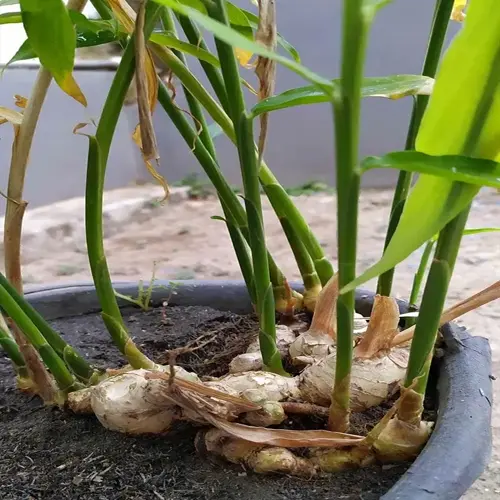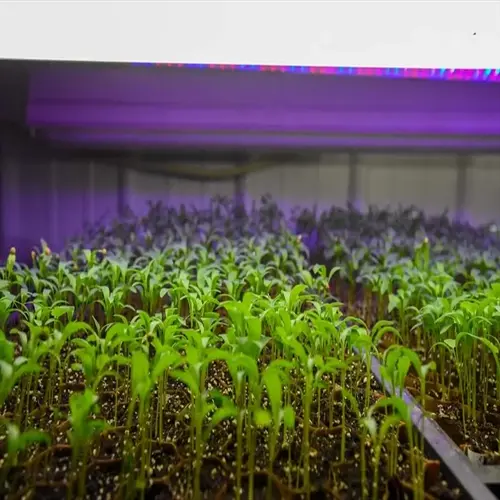What sunlight conditions does potted mint require?

Written by
Kiana Okafor
Reviewed by
Prof. Martin Thorne, Ph.D.Pots of mint health and flavor are affected by sunlight. Mint needs a lot of exposure to sunlight daily to facilitate the development of essential oils. The plant will stretch towards the light, forming leggy growth when it is not receiving sufficient light. The best conditions for intense and sustained growth lead to healthy development.
Daily Exposure Requirements
- Provide minimum six hours direct sunlight daily
- Morning sun offers ideal intensity without scorching
- Supplement with grow lights during winter months
Seasonal Adjustments
- Rotate pots weekly for even light distribution
- Increase exposure during spring growth periods
- Provide afternoon shade in summer heat
Indoor Solutions
- Place near south-facing windows for maximum light
- Use full-spectrum LED lights 12 inches above plants
- Wipe leaves monthly to remove dust blocking light
Morning light is best for potted mint. Early rays deliver brightness without excess heat. This ensures the highest concentration of essential mint oils in the leaf tissues. Position containers to receive sunshine from dawn to midday.
Afternoon shade protection is essential in warm climates. Strong sunlight scorches the leaves, causing them to develop brown edges. Taller plants or structures can provide filtered shade. Avoid complete shade, allowing light to filter through and minimizing heat stress during the midday hours.
When considering light placement for indoor mint, it needs to be done carefully. South-facing windows provide the best source of natural light. Be sure to rotate the pots frequently to allow all surfaces to receive light, since it only comes in from one side. During the shorter days of winter, supplement with artificial lighting.
Recognize insufficient light symptoms early. Stretching stems indicate plants seeking more light. Pale green leaves suggest reduced photosynthesis. Move containers immediately when these signs appear.
Read the full article: How to Grow Mint in Pots: A Complete Guide

